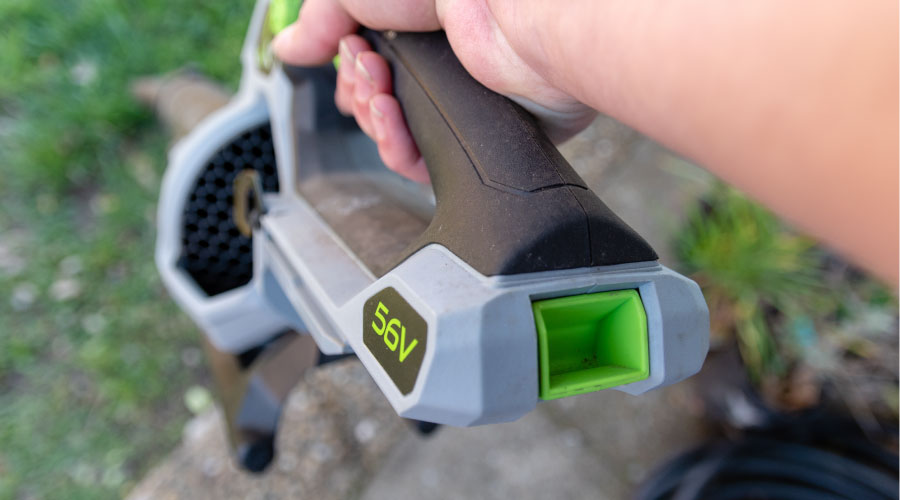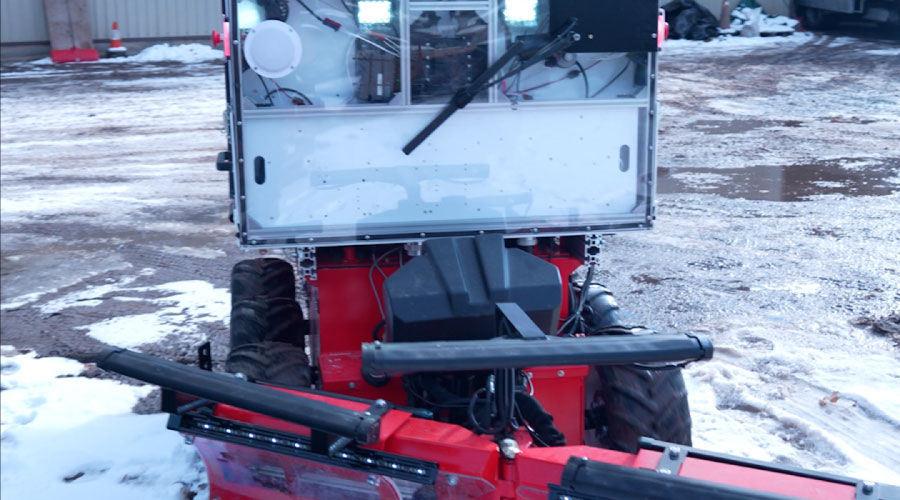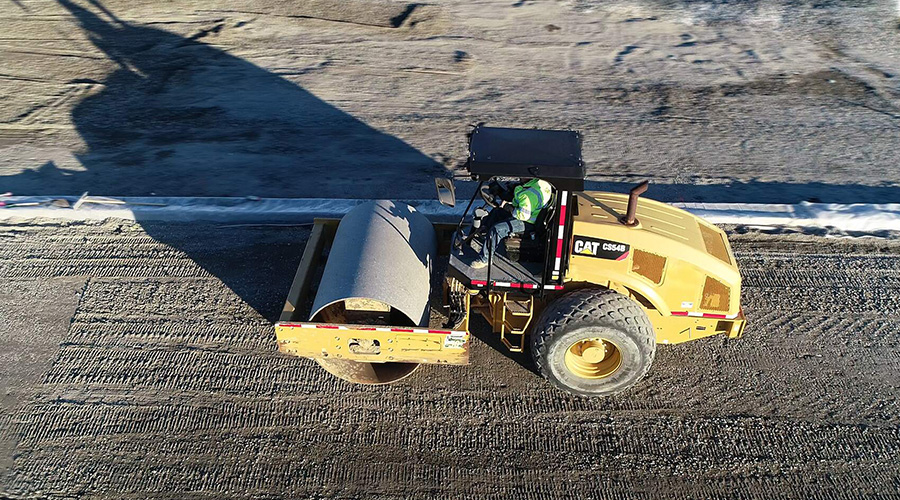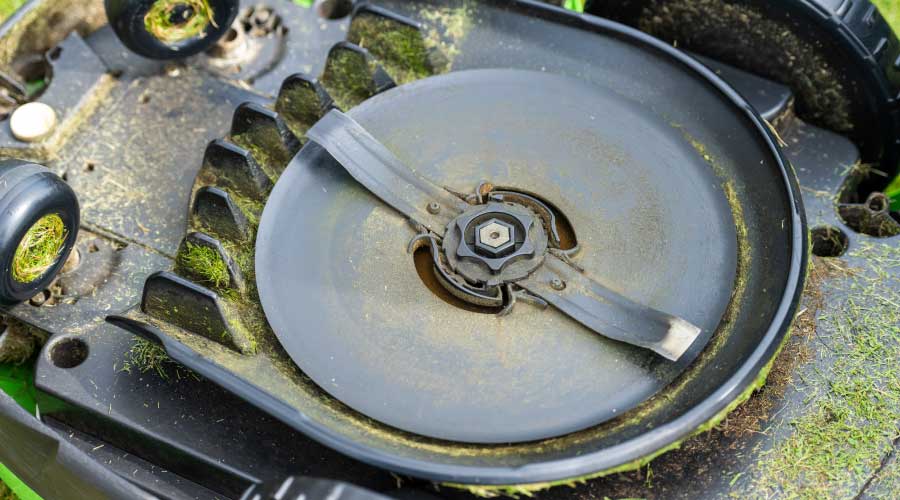Specification Strategies for Determining Grounds Equipment Attachments
Part 2 of a 4-part article on the versatility of grounds attachments
Tasks that grounds crews do not perform frequently are ideal candidates to address with mower, utility vehicle or tractor attachments. To determine the specific attachments that will best support crews and budgets, managers need to consider location, terrain, and weather.
For example, in regions that experience above-average snowfall conditions, such as the Northeast, managers should consider buying saltboxes, snow blowers, salt spreaders, and snow blades for their departments’ tractors or trucks.
The same reasoning holds true for those landscapes in seasonal markets that only need to prune a few times a year. Buying a combination unit that serves as a pruning saw and a hedge trimmer is a proven strategy for grooming both high and low bushes and trees without investing in two different pieces of equipment. Managers also can buy attachments for string trimming, edging and blowing.
The landscape’s size also will factor into the attachments the department needs. Departments responsible for large campuses need more accessories to maintain the overall appearance, while the smaller properties do not need as many.
To ensure a particular attachment actually performs as intended, managers and crews should schedule a demonstration before the purchase. By field-testing it, they also can see if the attachment fits with their current piece of equipment. This is extremely important when the purchase is not directly from the manufacturer.
Certain attachments fit differently and have their own mechanical makeup, so it is essential to test it beforehand. Ensuring the user-friendliness of the attachment is also a key part of the post-purchase inspection process. Even if the attachment fits, it might not attach or detach easily, thereby decreasing productivity.
When ordering an attachment online, make sure all parts are included. It is not uncommon for managers to order attachments — brooms, sprayers, blowers, aerators, etc. — in bulk before the season begins and store them before use.
Unfortunately, this strategy can increase the chances that the attachment is not what they expected, does not fit with their equipment, or is missing parts. To mitigate this risk, managers must make sure upon delivery that they have everything they need.
Related Topics:















